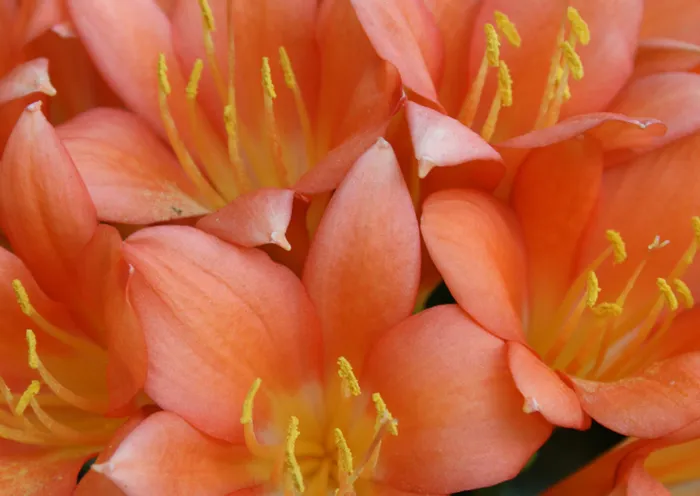Plan and then plant

The indigenous bush lily (Clivia miniata) creates a glorious spring show with its orange blooms. The indigenous bush lily (Clivia miniata) creates a glorious spring show with its orange blooms.
Durban - It is tempting to want every lovely plant that you see in nurseries, books or other people’s gardens.
But think carefully about your own garden before you invest in new plants and select the right plants for the right place to avoid having to move them around as they outgrow their position. The longer the plants settle, the better they grow and the more resilient your garden.
A mature garden also requires less upkeep as bare ground is covered with plants, and natural mulch (leaf litter) accumulates.
PLANNING – infrastructure
Sun and Shade
Note how much sun and shade your garden has and how this changes with the seasons.
The winter sun is lower than that of summer, and some trees might have lost their leaves.
This means that some shade-loving plants might not be happy in the winter months, with too much sun, and some sun-loving plants might not be happy in summer because of too much shade.
Soil types
A garden may have sandy and clay soil. Match the right plant to the soil, for example arums will grow in any soil, given sufficient compost and water, but they do particularly well in damp clay soil.
Aspect, slope and altitude
North-facing gardens are hotter and drier than south-facing, which are cooler and damper. Consider exposure to wind and particularly salt-laden winds if you are close to the coast.
Banks or sloping land require different plants – the slope can be advantageous to some plants.
What thrives at the coast will not necessarily do as well in Hillcrest or Kloof, or in the Midlands and Drakensberg – and vice versa. Check other gardens around you to see which indigenous species are doing well.
Water
Group your plants according to water requirements to simplify watering. Once established, most indigenous plants will get by on very little water especially if you mulch deeply. Too much water is really bad for some species, especially succulents.
Screening for privacy, keeping the view open
If you have a view you wish to keep open, take care with the ultimate height of plants you use.
It is possible to screen out a neighbour’s roof without completely blocking the view.
By selecting the right shape of tree or shrub, you can screen off neighbours even when there is only a narrow bit of garden. Check the label or speak to a nursery attendant for advice on the size and shape of plants, as well as possible root problems when planted near walls.
PLANNING – the plants
Bring Nature Back to Your Garden by Charles and Julia Botha has great lists of what belongs where.
These lists will help guide your choices for new plants or in planning a new garden (go to the field guides if you need help with photos of the plants).
Consider the seasons and plan to have plants in flower or fruit for all seasons. Foliage and form plants will be good throughout the year.
Trees
Do not add any more large trees to your garden if you already have a shady garden. Think about the ultimate size of the tree you are buying. Most trees will not flower unless the crown can get to the sun. Make sure there is room for this to happen.
Shrubs
Read the label and make sure that you allow enough room for the shrubs to grow to their full size. Consider when they flower and fruit, and when they lose their leaves.
Herbs, bulbs and succulents
Plant carefully so that there is always something in leaf even when some herbaceous plants are cut back after flowering, or bulbs lose their leaves in winter.
Ensure that your hardy succulents and other plants get enough sun and do not water in winter for best results.
Groundcovers and grasses
“Groundcovers” is a broad term which includes many low-growing herbaceous plants and annuals.
These plants often need more attention, many are annual or biennial, so need to be either replaced or propagated via slip cuttings to keep areas planted.
Climbers
Fences, screens and trellises against walls offer wonderful opportunities for growing our very beautiful creepers and climbers which can also be grown down retaining block walls.
Do not buy single plants, unless they are trees or large woody shrubs.
Rather invest in at least three of each plant, and up to 20 ground covers, if you want to get the benefit of your new plants. This is another reason to plan ahead. You need to know where you are going to put those 20 Gazania rigens (daisies) and 5 Hypoestes aristata (ribbon bush) you have just bought! - Daily News